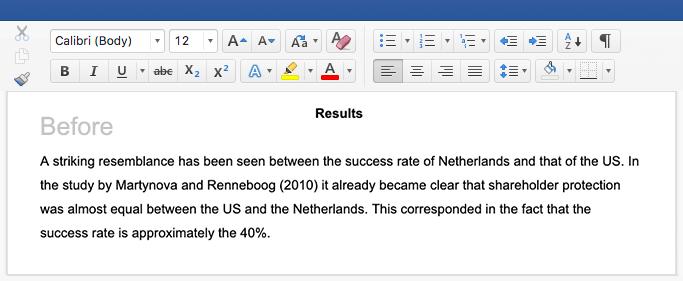
Published on 20 October 2022 by Eoghan Ryan. Revised on 16 November 2022.
An adverbial phrase is a group of words that acts like an adverb – i.e., it modifies a verb, adjective, adverb, or even a whole clause.
Like adverbs, adverbial phrases can be used to describe how (e.g., ‘with sadness’), where (e.g., ‘behind the bookshelf’), when (e.g., ‘in the morning’), and why (e.g., ‘to buy groceries’).
Adverbial clauses are similar to adverbial phrases. However, unlike adverbial phrases, adverbial clauses always have a subject and verb (e.g., ‘when you visit’).

Other types of adverbial phrases include prepositional phrases (e.g., ‘in the afternoon’), and infinitive phrases (e.g., ‘to get a haircut’). These phrases don’t necessarily include any adverbs but do play the same role as an adverb in the sentence.

Adverbial clauses serve a range of functions, some of which are described below.
| Type | Function | Example |
|---|---|---|
| Manner | Explain how something happens | He ran as fast as he could. |
| Place | Explain where something happens | I bring my phone wherever I go. |
| Purpose | Explain why something happens | Vera bought Tom this gift because she thought he would like it. |
| Time | Explain when something happens | After they set up the tent, they built a fire. |
| Condition | Introduce possible outcomes | David will be here at two o’clock if he gets the next train. |
| Comparison | Compare or contrast | Patrick can speak French as well as I can. |
| Concession | Introduce a contrast | Although it’s raining, it’s still warm outside. |
Adverbial phrases and adverbial clauses can be positioned at the beginning, middle, or end of a sentence, depending on where you want to place emphasis.
A fronted adverbial (i.e., an adverbial phrase or clause used at the beginning of a sentence) is typically followed by a comma. No comma is needed when the adverbial is placed at the end of a sentence.
Examples: Adverbial phrase placement On Saturday mornings, I go jogging.
I go jogging on Saturday mornings.
When an adverbial clause or phrase is placed in the middle of a sentence (between the subject and verb), it’s set off with commas.
Example: Adverbial clause in the middle of a sentence Ethan, when he is working, does not answer his phone.
For some sentences, the placement of adverbial clauses and phrases can more drastically change the meaning, and a misplaced modifier (i.e., a modifier that’s not clearly connected to the word, phrase, or clause it’s intended to modify) can cause ambiguity or confusion.
In the first sentence below, the placement of the adverbial phrase suggests that Kara’s holiday took place in the office. Moving the phrase to the beginning of the sentence makes the intended meaning clearer.
An adverbial is a word or group of words that modifies a verb, an adjective, an adverb, or a whole clause.
Adverbs (e.g., ‘quickly’) are one-word adverbials. Adverbial phrases (e.g., ‘after dinner’) and adverbial clauses (e.g., ‘although it’s raining’) are adverbials formed using multiple words.
Many types of adverbs (adverbs of manner, adverbs of time etc.) can be used at the end of a sentence to modify a verb, adjective, or other adverb (e.g., ‘you read quietly’).
Adverbial phrases (e.g., ‘at two o’clock’) and adverbial clauses (e.g., ‘wherever I go’) can also be placed at the end of a sentence to modify a preceding clause.
A fronted adverbial is an adverb or adverbial that is placed at the start of a sentence. Many adverbials, including sentence adverbs (e.g., ‘unfortunately’), adverbial phrases (e.g., ‘after work’) and adverbial clauses (e.g., ‘because you are smart’), can be used as fronted adverbials.
When an adverb or adverbial is placed at the start of a sentence, it should be followed by a comma (e.g., ‘luckily, the train was on time’).
We strongly encourage students to use sources in their work. You can cite our article (APA Style) or take a deep dive into the articles below.
SourcesRyan, E. (2022, November 16). Adverbial Phrases (& Clauses) | Definition & Examples. Scribbr. Retrieved 3 September 2024, from https://www.scribbr.co.uk/syntax/adverbial/
Aarts, B. (2011). Oxford modern English grammar. Oxford University Press.
Butterfield, J. (Ed.). (2015). Fowler’s dictionary of modern English usage (4th ed.). Oxford University Press.
Garner, B. A. (2016). Garner’s modern English usage (4th ed.). Oxford University Press.